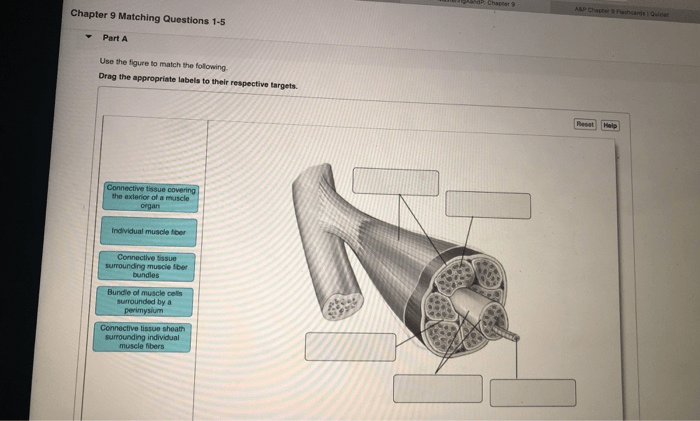Match the following metabolic steps with the respective pathway: – Metabolic pathways orchestrate the intricate dance of cellular life, underpinning the very essence of energy production and cellular homeostasis. This comprehensive guide delves into the intricacies of metabolic steps, their corresponding pathways, and the significance of their regulation in maintaining cellular harmony.
From the bustling glycolytic reactions to the enigmatic citric acid cycle, we will unravel the energy-yielding processes that fuel cellular activities. We will explore the electron transport chain, a pivotal player in oxidative phosphorylation, and delve into the intricate mechanisms that govern metabolic regulation, ensuring the delicate balance of cellular life.
Match Metabolic Steps with Pathways

Metabolic pathways are sequences of chemical reactions that occur within cells, catalysed by enzymes. They play a crucial role in cellular processes, including energy production, synthesis of macromolecules, and detoxification. Each metabolic step within a pathway transforms a specific substrate into a product.
| Metabolic Step | Pathway |
|---|---|
| Glucose breakdown into pyruvate | Glycolysis |
| Acetyl-CoA formation from pyruvate | Citric Acid Cycle |
| Electron transfer from NADH and FADH2 | Oxidative Phosphorylation |
Glycolysis: Match The Following Metabolic Steps With The Respective Pathway:
Glycolysis is the first step in glucose metabolism, occurring in the cytoplasm of cells. It involves the breakdown of glucose into two molecules of pyruvate, releasing energy in the form of ATP. Steps of Glycolysis:
- Glucose phosphorylation
- Glucose isomerization
- Fructose-1,6-bisphosphate cleavage
- Glyceraldehyde-3-phosphate oxidation
- 1,3-Bisphosphoglycerate dephosphorylation
- 3-Phosphoglycerate kinase
- Phosphoglycerate mutase
- Enolase
- Pyruvate kinase
Energy Yield:Glycolysis produces a net gain of 2 molecules of ATP and 2 molecules of NADH.
Citric Acid Cycle (Krebs Cycle)

The citric acid cycle, also known as the Krebs cycle, is a central metabolic pathway that occurs in the mitochondria of cells. It involves the oxidation of acetyl-CoA, derived from glucose, fatty acids, and amino acids, to produce energy in the form of ATP.
Steps of the Citric Acid Cycle:
- Condensation of acetyl-CoA with oxaloacetate
- Isomerization of citrate
- Dehydrogenation of isocitrate
- Decarboxylation of α-ketoglutarate
- Dehydrogenation of succinyl-CoA
- Hydrolysis of succinyl-CoA
- Dehydrogenation of malate
Energy Yield:The citric acid cycle produces a net gain of 3 molecules of NADH, 1 molecule of FADH2, and 1 molecule of ATP per molecule of acetyl-CoA.
Oxidative Phosphorylation

Oxidative phosphorylation is the final stage of cellular respiration, occurring in the inner mitochondrial membrane. It involves the transfer of electrons from NADH and FADH2 to oxygen, leading to the production of ATP. Steps of Oxidative Phosphorylation:
- Electron transfer from NADH and FADH2 to the electron transport chain
- Proton pumping across the inner mitochondrial membrane
- Formation of an electrochemical gradient
- ATP synthesis by ATP synthase
Energy Yield:Oxidative phosphorylation produces a net gain of approximately 30-32 molecules of ATP per molecule of NADH and 20-22 molecules of ATP per molecule of FADH2.
Question Bank
What is the significance of metabolic pathways?
Metabolic pathways are essential for converting nutrients into energy, synthesizing cellular components, and eliminating waste products, providing the foundation for cellular life.
How is glycolysis regulated?
Glycolysis is primarily regulated through feedback inhibition, where the end products of the pathway inhibit key enzymes, ensuring a delicate balance of glucose metabolism.